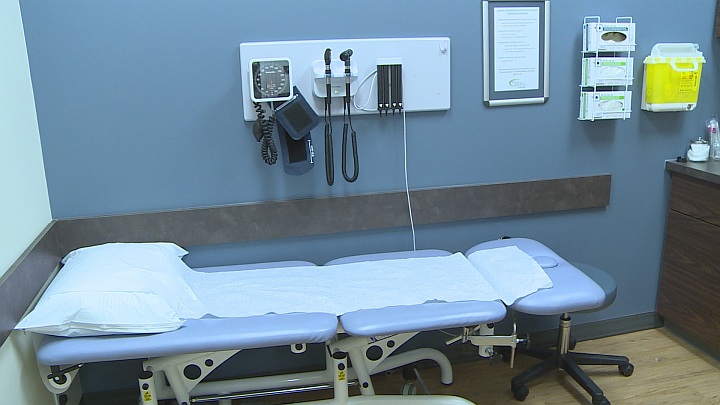Alberta is hiring up to 30 new nurse practitioners to work in remote areas or places where it’s difficult for patients to see a family doctor.

Health Minister Tyler Shandro says the new hires will work with family physicians and others in primary care networks.
Nurse practitioners are registered nurses who have taken advanced education and can perform tasks such as setting broken bones, doing checkups, ordering tests and prescribing medications.
Alberta has 600 nurse practitioners, but Shandro says almost all of them work in hospitals or outpatient clinics.
He says the goal is to have them work in areas like Bonnyville, where the primary care network there has 600 patients on a wait list for a doctor.
Anne Summach, with the Nurse Practitioner Association of Alberta, says she doesn’t see any problem finding 30 practitioners to work away from the major centres given they will have more opportunity to do a broader range of work.

Get weekly health news
“Some of those nurse practitioners from outlying areas are really excited for this program because it allows them to maybe return to their home community to provide when they haven’t been able to have that full scope of practice until now,” she said Tuesday.
Some of the new hires are to work in First Nations areas in northern Alberta and the Banff, Canmore and Lake Louise areas.
Others will work at an Edmonton clinic to provide services for foster children and help at an opioid dependency clinic in Strathcona County, east of Edmonton.
Nurse practitioners make an average salary of $120,000 a year.
Shandro said the province will spend $3 million on the expansion. He said now only about 50 practitioners work in primary care networks.
“We need to fix that, so today is a big step forward,” he said.
NDP health critic David Shepherd said hiring more practitioners is the right move, but said it won’t solve larger staffing problems in health care.
And Shepherd said the changes also have to be set against an upcoming provincial budget and warnings from Premier Jason Kenney that belt-tightening is needed to erase recent multibillion-dollar deficits.
“When you talk to people on the front lines, their concerns are about a lack of capacity, understaffing and not having enough people to cover shifts when people get sick.”







Comments